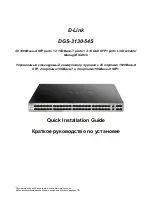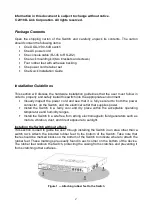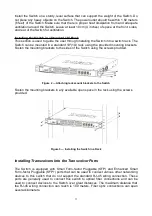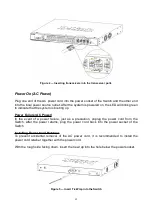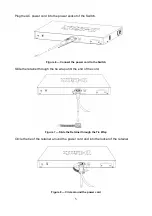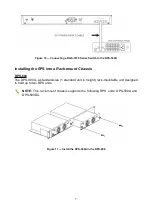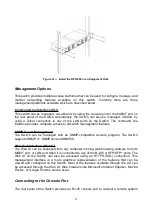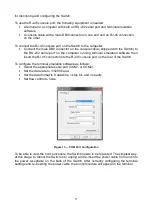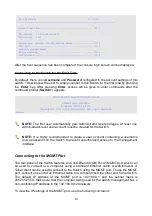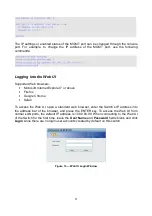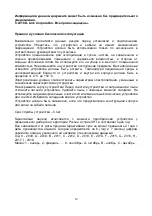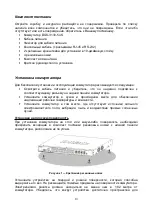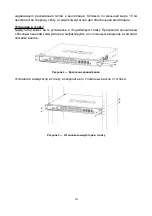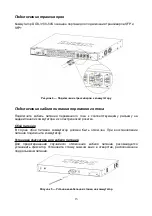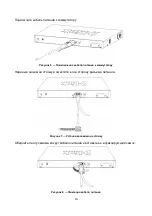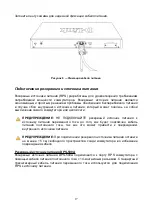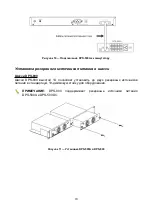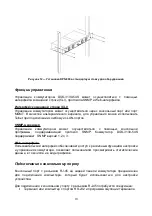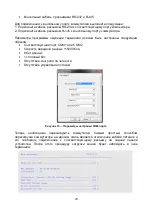
Fasten the tie of the retainer until the power cord is secured.
Figure 9 — Secure the power cord
Installing the Redundant Power Supply (RPS)
The Redundant Power Supply (RPS) is designed to conform to the wattage requirements
of D-Link’s Ethernet and Gigabit switches. It is an external RPS unit enclosed in solid
metal case with sockets to connect AC or DC power sources on one end, and to connect
to a switch’s internal power supply on the other end. The RPS provides a low-cost, simple
solution to the problem of an inadvertent failure of the internal power supply of an Ethernet
switch, which can result in the shutdown of that switch, the devices attached to its ports, or
an entire network.
CAUTION:
Do not connect the RPS to AC power before the DC power cable is
connected. This might damage the internal power supply.
CAUTION:
Leave at least 15 cm (6 inches) of space at the rear of the Switch when
an RPS is installed to prevent cable damage.
DPS-500A Redundant Power Supply
This RPS (DPS-500A) can be connected to the Switch’s RPS port using a 14-pin DC
power cable. A standard, three-pronged AC power cable connects the RPS to the main
power source.
6

